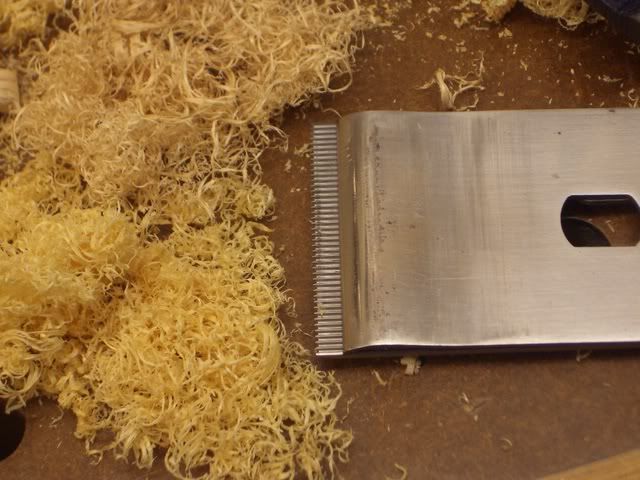Bigus
Established Member
Hi
I have a hunk of unknown hardwood that I got from a wood recycling place recently and have been planing it square.. or at least trying to.
However, it seems to be very pitted and I don't think it's just my fledgling planing skills! Pitted may not be the correct terms, so here are some photos:



It's those pitted streaks and areas running through it. Does this mean it's not a very good piece of wood or is it likely to be my fault in some way?
Also, if anyone knows what type of wood it is I'd be very interested. It isn't as pink/red as it looks in those photos.
Thanks
Bigus
I have a hunk of unknown hardwood that I got from a wood recycling place recently and have been planing it square.. or at least trying to.
However, it seems to be very pitted and I don't think it's just my fledgling planing skills! Pitted may not be the correct terms, so here are some photos:



It's those pitted streaks and areas running through it. Does this mean it's not a very good piece of wood or is it likely to be my fault in some way?
Also, if anyone knows what type of wood it is I'd be very interested. It isn't as pink/red as it looks in those photos.
Thanks
Bigus





































